In this article
As a mom, it can be a challenge finding time to take care of yourself. Between home, family, and work obligations, it’s easy for self-care, health, and wellness to fall by the wayside. When this happens, basic necessities like ensuring you’re getting adequate sleep, exercising, and eating right take a backseat to kids’ needs and wants. Many of us find it difficult to eat a balanced diet on a regular basis, and for women, nutrients essential to their well-being will vary depending on their age and stage of life.
The new year is the perfect time to get back on track and make yourself a priority, starting with diet. Here are 8 nutrients you may not be getting enough of, and the foods you can incorporate into your diet for optimal health.
Incorporate nutrient-dense foods into your diet
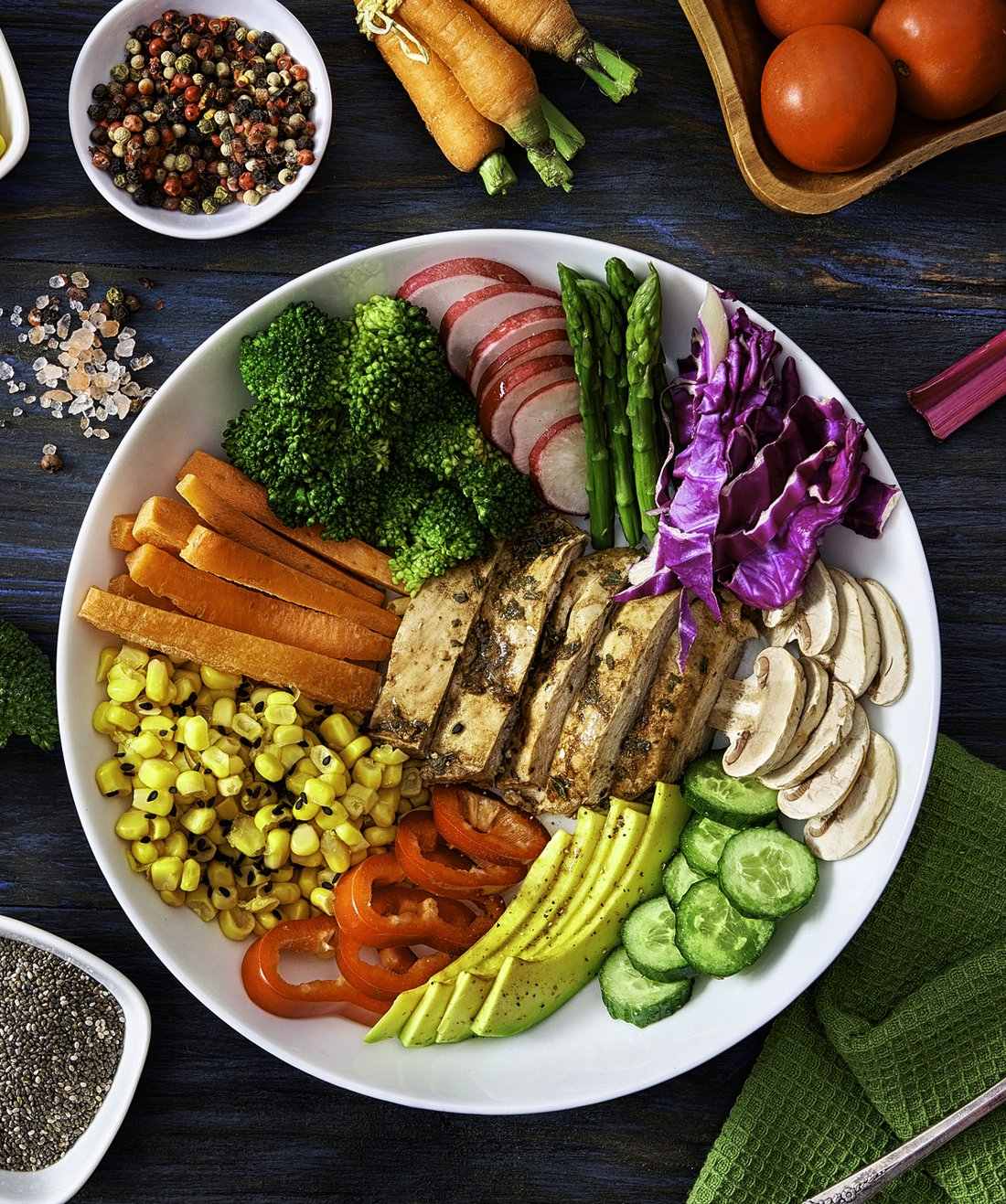
Nutrients are chemical compounds necessary for body function, growth, and health and can be obtained by eating a variety of whole foods. A healthy diet focuses mainly on whole grains, fat-free and low-fat dairy, fruits, vegetables, lean meats, beans, eggs, nuts, and poultry.
To maintain optimal health and properly absorb vitamins, minerals, and nutrients, the National Heart Lung, and Blood Institute recommends controlling portion sizes and limiting trans fats, added sugars, and sodium.
Magnesium: One of the nutrients women need during pregnancy

Recommended daily intake (RDI): 310 mg
Why we need it: Magnesium is essential for normal muscle and nerve function, keeps your heart healthy, regulates blood sugar levels, supports your immune system and keeps bones strong.
Pregnant and lactating women need anywhere from 310 – 400 milligrams of magnesium per day; this number will vary depending on age.
Signs of deficiency: Magnesium deficiency most commonly causes digestive issues like ulcerative colitis and diarrhea. But it can also affect nerves and muscles, thus causing tremors, spasms, arrhythmia, blood sugar issues, high blood pressure, headaches and depression.
Food sources: Almonds, spinach and other leafy greens, salmon, cashews, soybeans, pinto beans, brown rice and other whole grains, lentils, bananas and yogurt.
Keep in mind that your method of cooking may affect the amount of nutrients retained in your food. “The impact of cooking and precessing on magnesium can vary greatly,” George Mateljan wrote in his book, The World’s Healthiest Foods. “For example, about one-third of the magnesium in spinach is lost after blanching, while cooking beans may result in 65% loss.”
However, Mateljan explained that in foods like almonds and peanuts, very little loss of megnesium occurs when roasted or processed. So if you’re trying to quickly increase your magnesium intake, nut butters may be the way to go.
Nutrient-dense foods containing protein
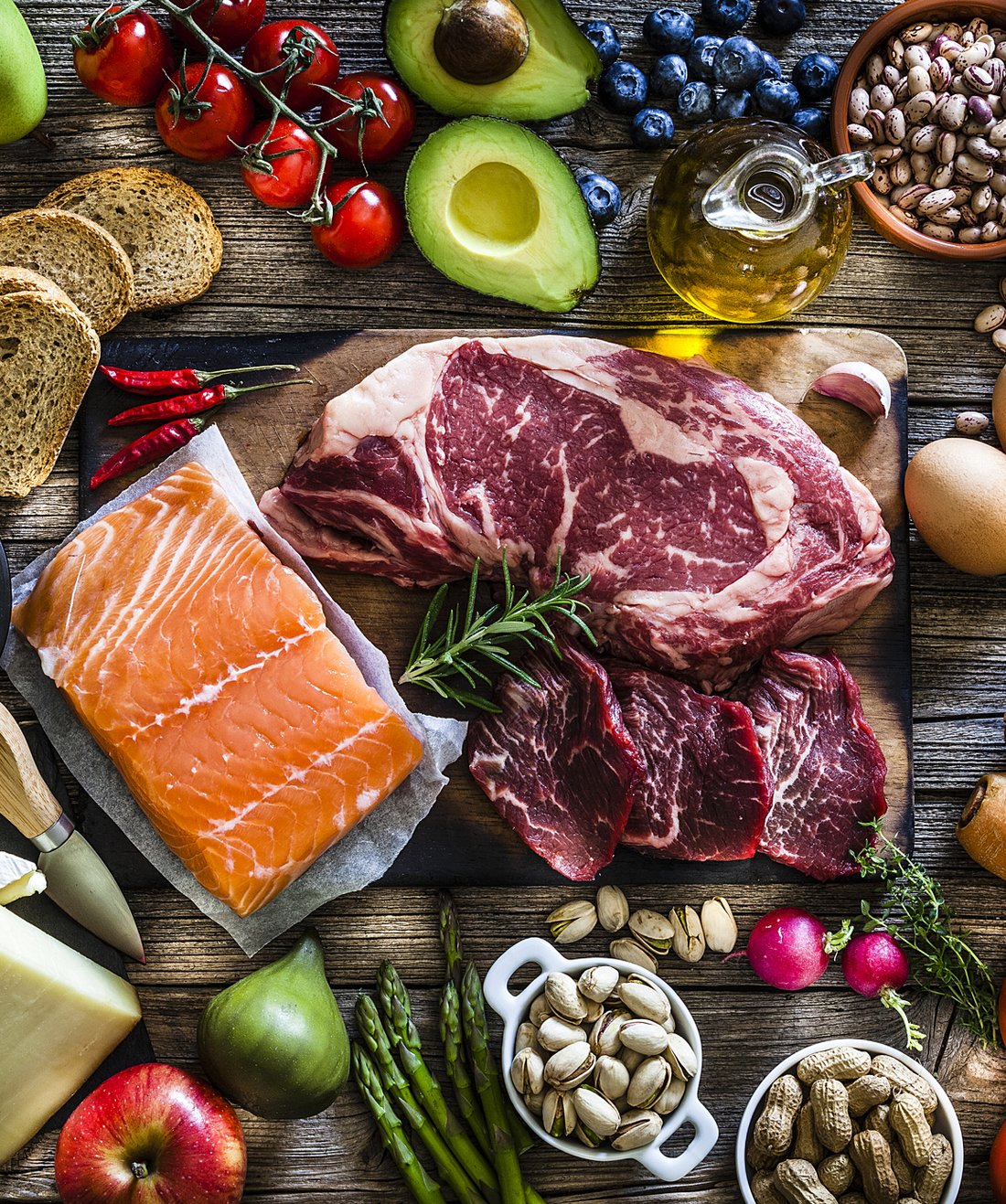
RDI: 46 grams
Why we need it: Proteins are regularly touted as the building blocks of life. This means that when we eat protein-rich foods, our bodies use those amino acids to manufacture its own proteins — thus strenghthening and maintaining our ligaments, tendons, muscles, and hair, skin and nails.
Signs of deficiency: True protein deficiency is uncommon in the United States. Protein deficiency is more commonly found in children in undeveloped nations.
It is possible to consume less than the recommended daily amount of protein and still be healthy, provided you’re taking in the proper amount of calories and eating a variety of foods in which amino acids are present. Those following a plant-based diet can successfully obtain protein requirements from legumes, grains and vegetables.
Food sources: Some of the best sources of protein can be obtained from cod, shrimp, turkey, scallops, beef, spinach, sardines, salmon, tofu, broccoli, cheese, yogurt, eggs, greens, cauliflower and lentils.
Zinc: Nutrient deficiency warning signs

RDI: 8 mg
Why we need it: Zinc supports a healthy immune system, heals and protects your skin, boosts brain activity, is necessary for proper sense of taste and smell and it can alleviate PMS symptoms.
Signs of deficiency: Loss of appetite, weight loss, delayed healing of wounds, dry skin, hair loss, diarrhea, taste abnormalities and foggy brain. If you’re frequently getting colds or other infections, have symptoms of depression, a lack of appetite and a limited sense of smell, you may be deficient in zinc.
Food sources: Crimini mushrooms, spinach, beef, lamb, squash, asparagus, collard greens, pumpkin seeds, yogurt, broccoli, sesame seeds.
Nutrients women need: Iron is high on the list
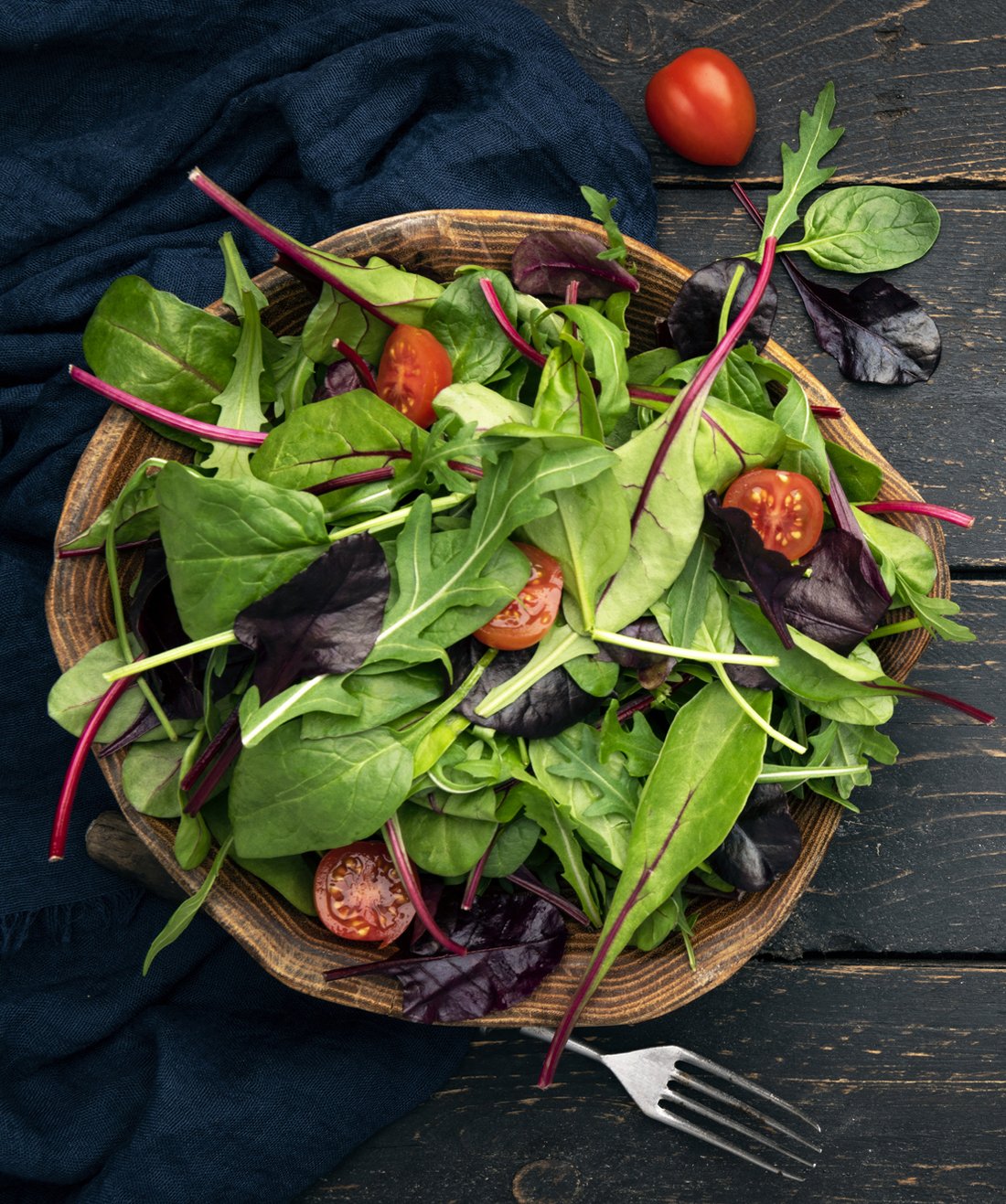
RDI: 18 mg
Why we need it: Our bodies need iron to make hemoglobin, a substance in red blood cells that enables oxygen to be carried throughout the body. For women, nutrients like iron can be imperative for optimal health due to blood loss during the menstrual cycle.
Pregnant women need 27 mg of iron daily while lactating women need between 9 and 10 mg per day.
Signs of deficiency: Dizziness, headaches fatigue, anemia, pale skin, low energy and frequent headaches, hair loss, brittle nails, brain fog or inability to concentrate.
Food sources: Spinach, oats, lentils, chicken, tofu, oysters, barley, baked potato with the skin, peanuts and flaxseed.
Why is folate an essential nutrient?
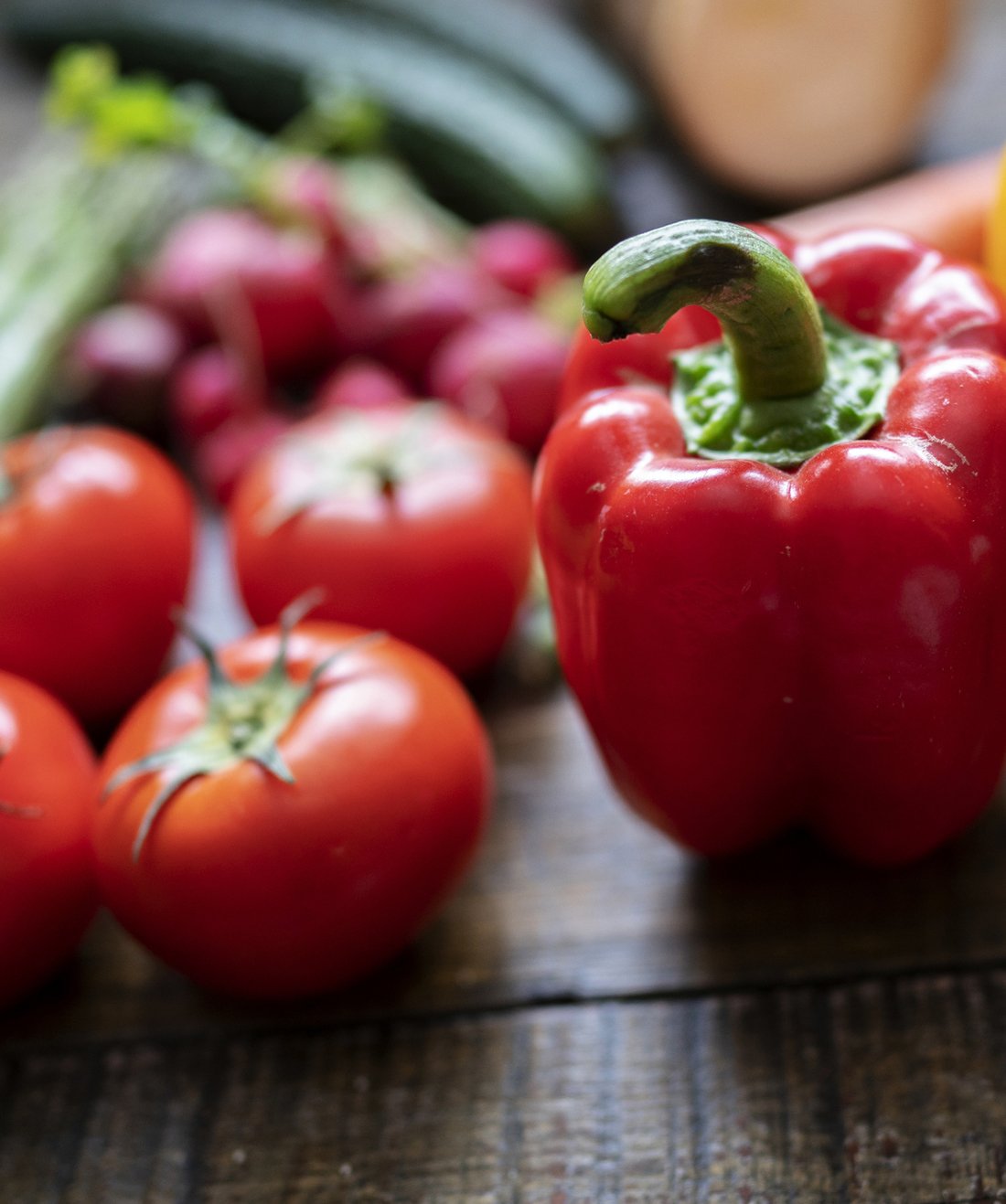
RDI: 400 mcg
Why we need it: Not only is folate essential for expecting mothers, but it’s necessary for all people in order to make DNA and RNA, the building blocks of the cells in our bodies. It’s also needed to make red blood cells, to prevent anemia and may also prevent cancerous cells from forming.
Signs of deficiency: Diarrhea, loss of appetite, weight loss, weakness, sore tongue, headaches, heart palpitations, irritability and forgetfulness. Pregnant women who don’t get enough are at risk of giving birth prematurely or to babies with low birth weight.
Food sources: Romain lettuce, spinach, asparagus, cruciferous vegetables, beans, squash, papaya, cabbage, bell peppers, peas, lima beans, and tomatoes.
Nutrient benefits of calcium
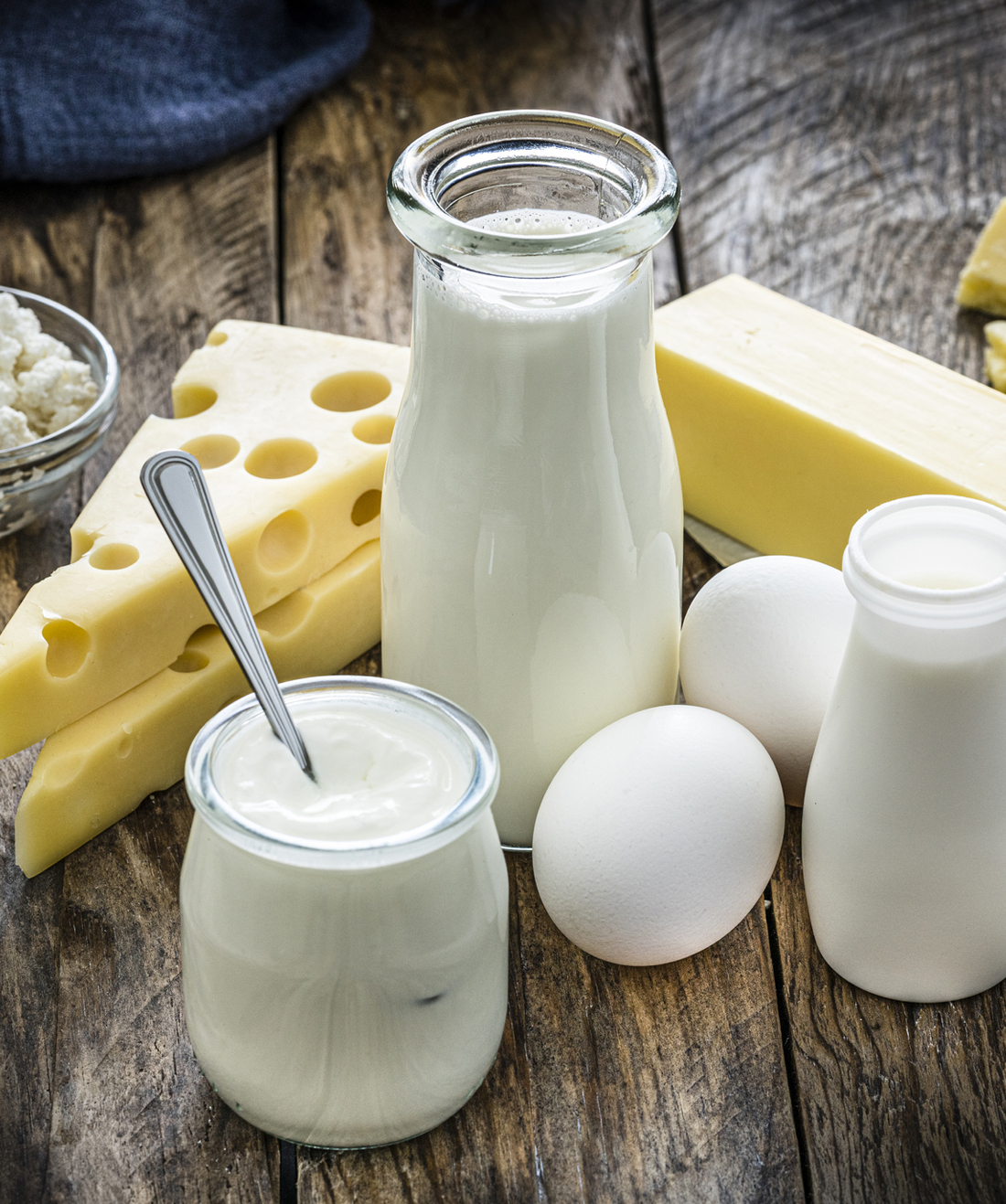
RDI: 1,000 mg
Why we need it: Calcium is essential for strong bones and teeth, daily body functions like muscle contraction and relaxation, blood clotting and the transmission of nerve impulses.
Signs of deficiency: No immediate symptoms, but long term effects of calcium deficiency include osteoporosis, which increases your risk of bone fractures.
Food sources: Dairy products like milk, yogurt, and cheese, fortified orange juice, almonds, leafy greens like kale, sardines, tofu, tahini, salmon, soy milk, broccoli and black beans.
“Fatty fish, especially those with the bones still intact, contain an impressive calcium content, and absorb easily,” Katie Wells, mom of six and founder of Wellness Mama, wrote about non-dairy calcium sources. “Canned fish like salmon and sardines are an easy and inexpensive way to get your fill since the bones become soft and edible during the canning process.”
Vitamin D is essential for healthy bones
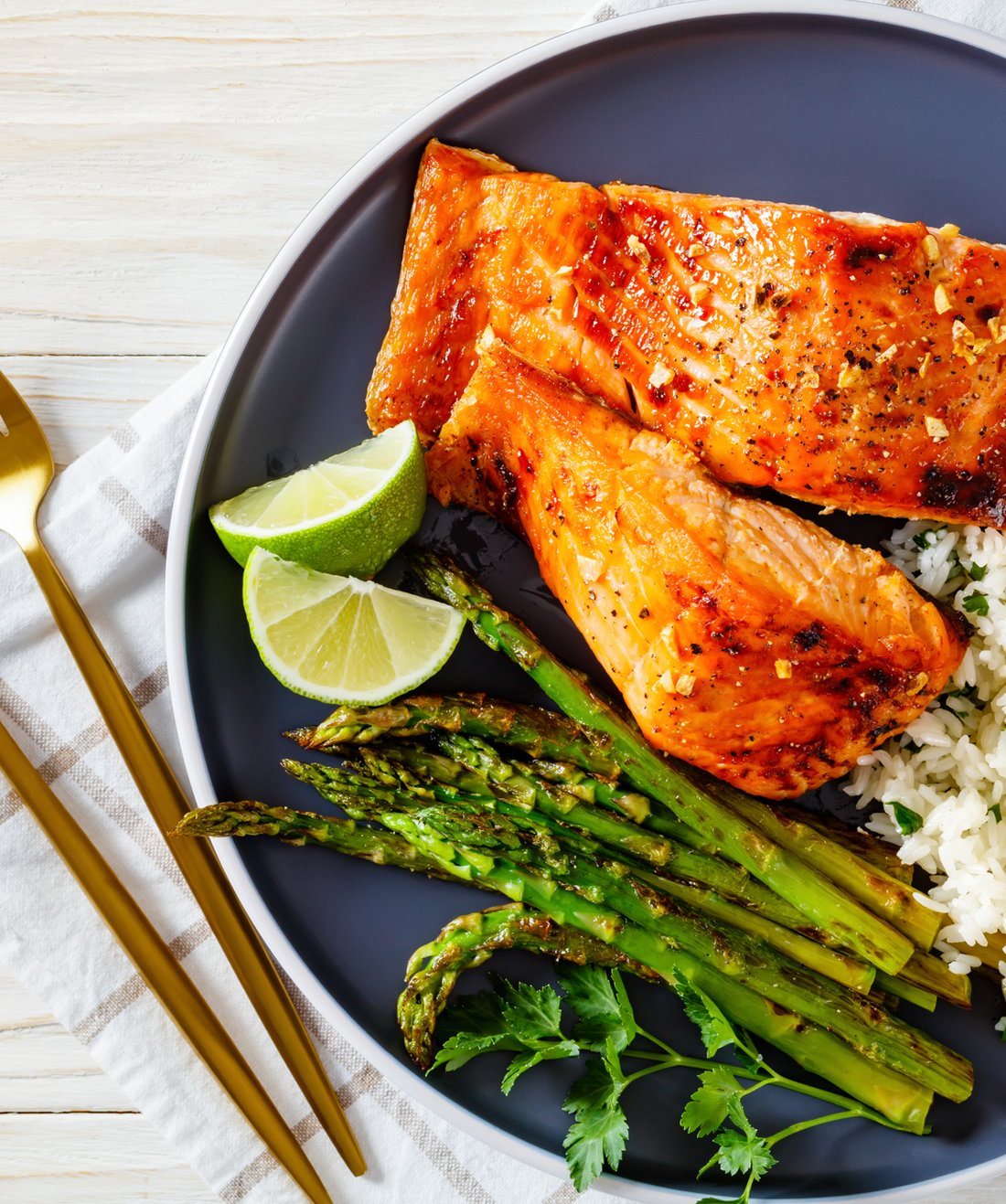
RDI: 600 IU (15 mcg)
Why we need it: Vitamin D promotes calcium absorption, is needed for bone growth and proper neuromuscular and immune function, reduces inflammation and together with calcium, it can prevent osteoporosis.
Signs of deficiency: Development of rickets (failure of bone tissue to properly mineralize) and osteomalacia (softening of the bones) are classic vitamin D deficiency diseases, symptoms of which include bone pain and muscle weakness.
Food sources: Salmon, tuna, mackerel, cod liver oil, beef liver, cheese, egg yolks, fortified milk, soy milk, orange juice and yogurt offer small amounts, but getting 10 to 15 minutes of sunlight also satisfies your RDI.
If you live in a colder climate or just don’t want to head out for an afternoon hike in the winter, UV light therapy lamps can increase your Vitamin D levels.
Eat plenty of healthy fats
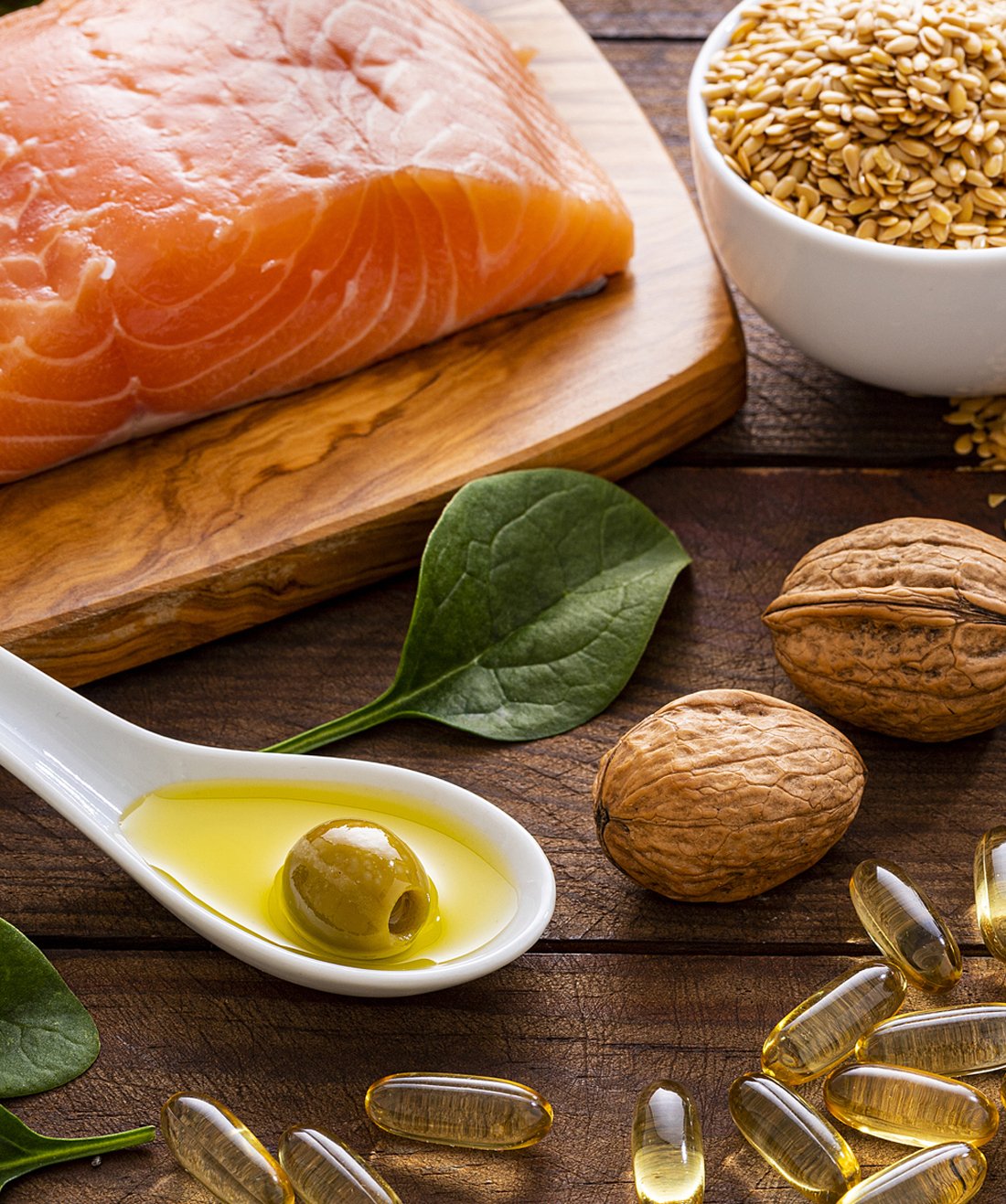
RDI: 44-77 grams per day
Why we need it: Healthy fat is important as they help your body absorb vitamins. They can also keep you fuller longer and help increase energy levels.
Daily fat intake will vary depending on your caloric intake but the range is 44-77 grams per day.
Signs of deficiency: A lack of fats in your diet can cause rashes and skin irritation like psoriasis and eczema as well as hair loss and a weakened immune system.
Food sources: Avocado, nuts, almond, nut and seed butters, flaxseed, olives, tuna and salmon are significant sources of healthy unsaturated fats.




